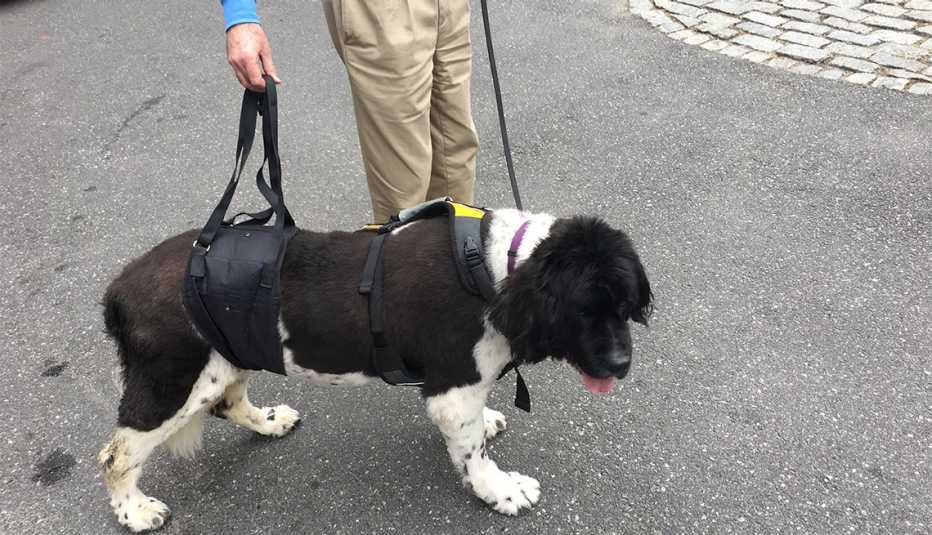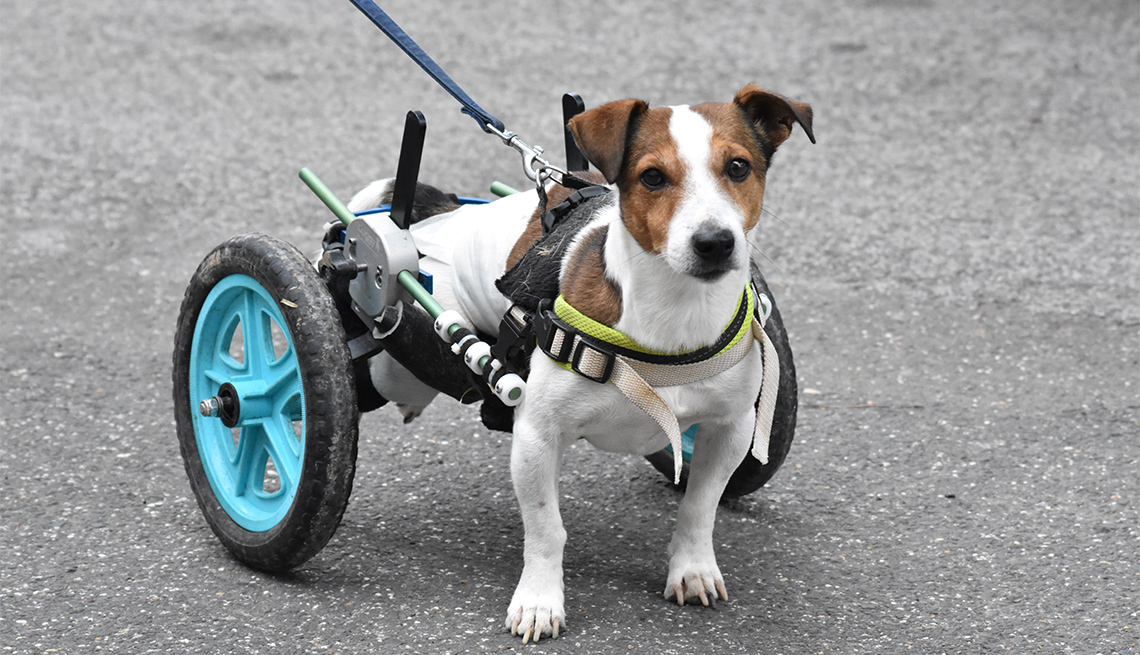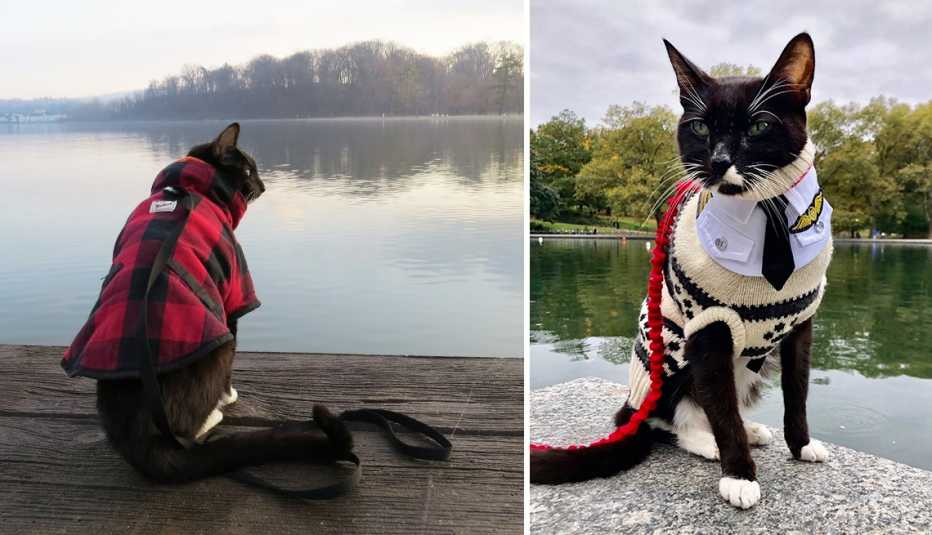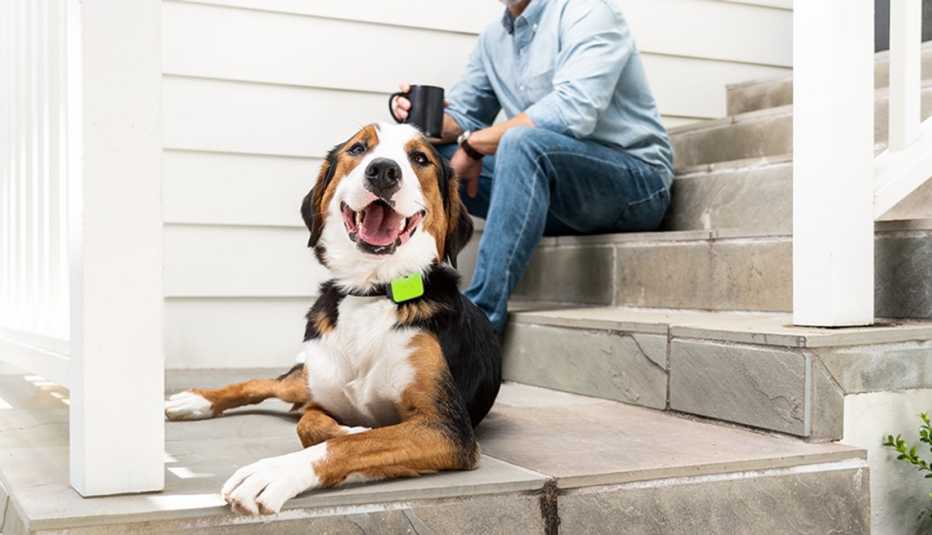Staying Fit
Last year, veterinarian Leslie Lathem was beginning to worry that the time had come to put down her beloved eight-year-old boxer, CiCi.
The dog, which Lathem had rescued, was suffering from hip dysplasia and would often slip and fall on Lathem's smooth oak floors. Unable to get up, CiCi would slide around and even get stuck under the sofa.


AARP Membership— $12 for your first year when you sign up for Automatic Renewal
Get instant access to members-only products and hundreds of discounts, a free second membership, and a subscription to AARP the Magazine.
Then Lathem, 59, attended the Uncharted Veterinary Conference in Greenville, South Carolina. She heard about a new product designed to help pets steady themselves on slippery floors. Lathem later put the small rubbery pieces over each nail on CiCi's paws. “On the first day, [CiCi] could walk just fine,” says Lathem, who lives in Atlanta. “It was like a miracle, really." CiCi passed away recently, but Lathem said the products helped improve the quality of her pet’s days.
As pets’ life spans have soared — dogs to an average of 11.8 years in 2015, up from 10.6 years in 2002, and cats to an average of 12.9 years — entire product lines have been developed to address the special needs of geriatric animals. Pet owners can find orthopedic pet beds to soothe aging bones, strollers that can carry a full-sized Husky, and a slew of assistive devices to increase a pet's mobility: booties to help with traction, ramps for getting into the car, and customized wheelchairs to help a challenged dog move around on its own.
"[These products] improve the quality of life for pets and their owners,” says Lathem.
Supporting senior dogs


Owners are more than willing to shell out to help their older pets ease into their geriatric years. American pet owners spent $95.7 billion on their furry companions in 2019, according to the American Pet Products Association — up from $48.35 billion a decade earlier. Exactly how much of that is spent on senior animals is difficult to determine, but one indicator is that in 2018, 17 percent of dog owners and 15 percent of cat owners purchased food specially formulated for senior animals, according to the 2019-2020 National Pet Owners Survey, conducted by the American Pet Products Association.




































































